References:
1. Taylor LF, Hodge A, 2014. Descriptive findings from analysis of a large database of cattle worm egg count and larval culture results collected across Australia between 2002 and 2012. Vet. Parasitol. 204, 269–278.
2. Kloosterman et al., 1984. Negative interactions between Ostertagia ostertagi and Cooperia oncophora in calves. Vet Parasitol. 15, 135–150.
3. Lanusse et al., 1997. Comparative plasma disposition kinetics of ivermectin, moxidectin and doramectin in cattle. J. vet. Pharmacol. Therap. 20, 91–99.
4. Lifschitz et al., 1999. Moxidectin in cattle: correlation between plasma and target tissues disposition. J. vet. Pharmacol. Therap. 22, 266–273.
5. Lifschitz et al., 2000. Comparative distribution of ivermectin and doramectin to parasite location tissues in cattle. Vet. Parasitol. 87, 327–338.
6. NRA Special Review of Macrocyclic Lactones, May 1998.
^Buffalo fly claim for Dectomax® Pour-On only.
*Registered trademarks.
#Provides up to 14 days of persistent activity against Cooperia oncophora as per label claim.
§Provides up to 21 days of persistent activity against Cooperia oncophora as per label claim.
**Maximum number of days approved.






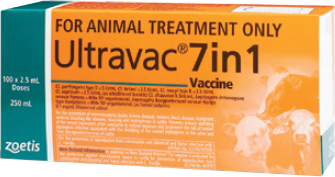
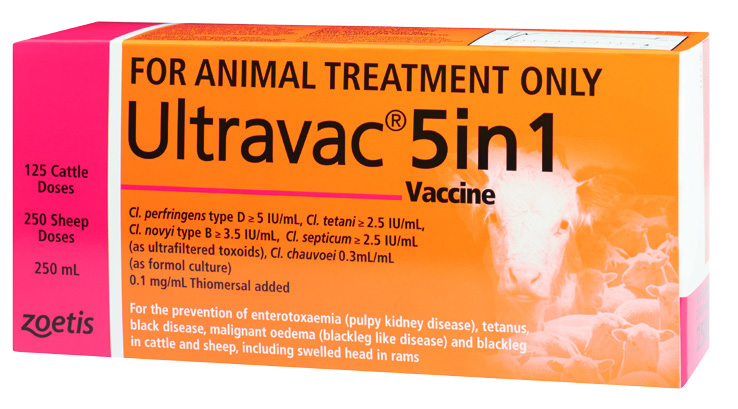
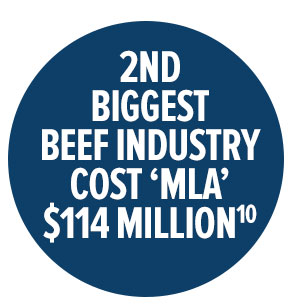
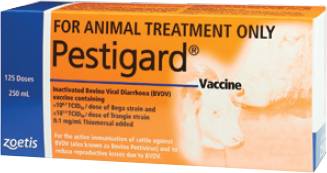

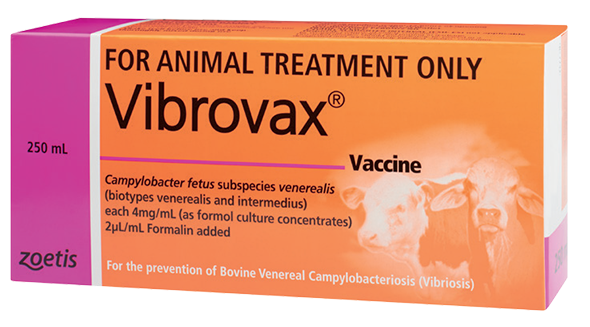
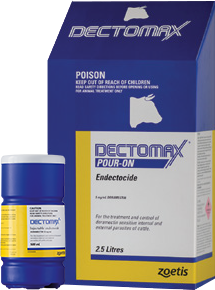
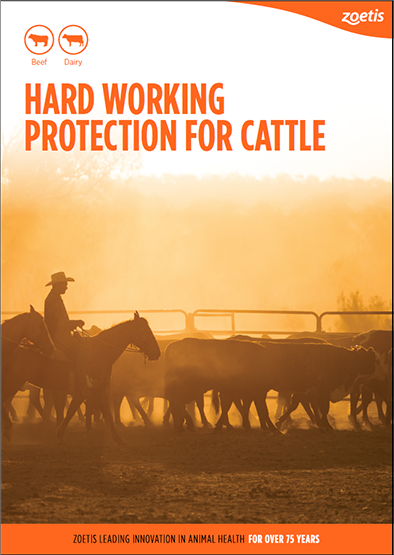

 A Better Way To Buy
A Better Way To Buy